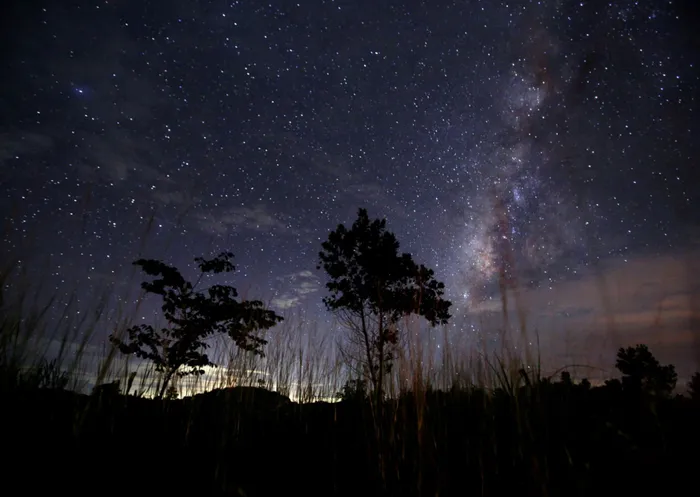The Perseid meteor shower is about to light up the skies and you won't want to miss it!

File photo: The Perseid meteor shower occurs every year in August when the Earth passes through the debris and dust of the Swift-Tuttle comet. The US Naval Observatory described the Camelopardalids meteor shower on Friday as a 'potentially spectacular show,' but that potential was never fulfilled. The Perseid meteor shower occurs every year in August when the Earth passes through the debris and dust of the Swift-Tuttle comet.
Image: File
The Perseid meteor shower, one of the most spectacular celestial events of the year, is set to peak in Kimberley, Northern Cape, South Africa, on the night of August 12 into the pre-dawn hours of August 13.
This annual meteor shower occurs when the Earth passes through the debris trail of Comet Swift-Tuttle. During the peak, observers can expect to see a dazzling display of shooting stars, with rates of up to 50-60 meteors per hour under ideal conditions.
The best time to spot the meteors is between midnight and dawn, when the sky is darkest. All you have to do is find a comfy spot outside, look up towards the northeast, and get ready for a celestial spectacle.
Don't worry if you don't see every single meteor – the moon will be pretty bright, so it might be a bit of a challenge. But who knows? You might just catch a glimpse of a bright fireball streaking across the sky!
To maximise your chances of seeing the meteor shower, find a dark location with minimal light pollution and allow your eyes to adjust to the dark for at least 20 minutes. Look towards the northeastern horizon, where the constellation Perseus is located.
The Perseid meteor shower is a popular event among astronomers and sky gazers alike, offering a unique opportunity to witness the beauty of the night sky.
So get that flask filled, pop that corn, grab a blanket, get comfortable, and get set to enjoy the celestial show!
Related Topics: